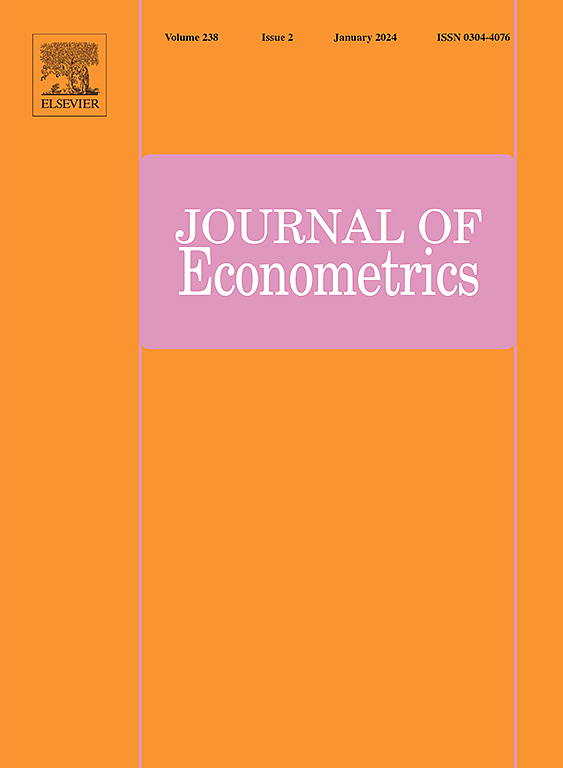Monitoring multi-country macroeconomic risk: A quantile factor-augmented vector autoregressive (QFAVAR) approach
IF 4
3区 经济学
Q1 ECONOMICS
引用次数: 0
Abstract
A multi-country quantile factor-augmented vector autoregression is proposed to model heterogeneities both across countries and across characteristics of the distributions of macroeconomic time series. The presence of quantile factors enables a parsimonious summary of these two heterogeneities by accounting for dependencies in the cross-sectional dimension as well as across different quantiles of macroeconomic data. Using monthly euro area data, the strong empirical performance of the new model in gauging the impact of global shocks on country-level macroeconomic risks is demonstrated. The short-term tail forecasts of QFAVAR outperform those of FAVARs with symmetric Gaussian errors as well as univariate and multivariate specifications featuring stochastic volatility. Modeling individual quantiles enables scenario analysis of macroeconomic risks, a unique feature absent in FAVARs with stochastic volatility or flexible error distributions.
监测多国宏观经济风险:分位数因子增强向量自回归(QFAVAR)方法
提出了一种多国家分位数因子增强向量自回归模型,用于模拟宏观经济时间序列分布在不同国家和不同特征之间的异质性。分位数因素的存在通过考虑横截面维度以及宏观经济数据的不同分位数的依赖性,可以简洁地总结这两种异质性。使用月度欧元区数据,新模型在衡量全球冲击对国家层面宏观经济风险的影响方面表现出强大的实证表现。QFAVAR的短期尾部预测优于对称高斯误差的favar,以及具有随机波动的单变量和多变量规范。对单个分位数进行建模可以对宏观经济风险进行情景分析,这是具有随机波动率或灵活误差分布的favar所缺乏的独特特征。
本文章由计算机程序翻译,如有差异,请以英文原文为准。
求助全文
约1分钟内获得全文
求助全文
来源期刊

Journal of Econometrics
社会科学-数学跨学科应用
CiteScore
8.60
自引率
1.60%
发文量
220
审稿时长
3-8 weeks
期刊介绍:
The Journal of Econometrics serves as an outlet for important, high quality, new research in both theoretical and applied econometrics. The scope of the Journal includes papers dealing with identification, estimation, testing, decision, and prediction issues encountered in economic research. Classical Bayesian statistics, and machine learning methods, are decidedly within the range of the Journal''s interests. The Annals of Econometrics is a supplement to the Journal of Econometrics.
 求助内容:
求助内容: 应助结果提醒方式:
应助结果提醒方式:


